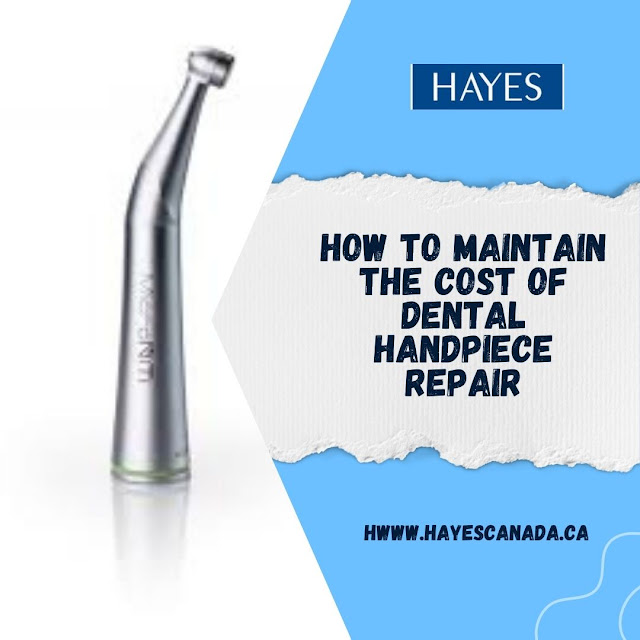How to Maintain the Cost of Dental Handpiece Repair
Maintaining your dental handpiece doesn’t have to be expensive or even time-consuming. In fact, you can keep up with the cost of dental handpiece repair by following these simple steps and making sure you have all the right tools on hand in case something goes wrong. Here’s how to do it!
A dental handpiece is only as good as its parts
In order to keep your dental handpiece in top working condition, you need to follow a regular maintenance schedule. This means changing out the air filters and oiling the bearings regularly. You also need to have the right tools on hand when something goes wrong with your dental handpiece. This includes a spare turbine, bur, and chuck. By following these simple steps, you can maintain the cost of dental handpiece repair and keep your practice running smoothly.
When things go wrong
Dental handpiece repair can be costly, so it's important to follow a regular maintenance schedule. By keeping your handpiece in top working condition, you can avoid many costly repairs. Plus, having the right tools on hand will help you fix any problems that do arise. A dental kit is a great investment for anyone who works with dental equipment. They're designed specifically for dentists and provide all the necessary tools for maintaining and repairing dental handpieces. You'll also want to invest in a good pair of pliers or vice grips that can grab onto small parts securely. If something goes wrong with your dental handpiece, it might take some time before you can make the necessary repairs, so it's best to have these supplies on hand at all times!
Keep everything clean
A good maintenance routine for your dental handpiece starts with keeping everything clean. This means regular cleaning of the outside of the handpiece as well as the inside. You should also sterilize the handpiece after each use. If you don’t keep your handpiece clean, you run the risk of it breaking down and needing expensive repairs. Another thing you should do during regular maintenance is remove deposits and old polish from your handpiece. You can do this with a cloth and warm water, as well as an ultrasonic cleaner. Just be sure not to get any moisture into your handpiece’s moving parts or its electronics.
Know what’s normal and what isn’t
Most people don’t think about their dental handpieces until something goes wrong. But, if you know what’s normal and what isn’t, you can save yourself a lot of time, money, and hassle. For example, it’s normal for your handpiece to vibrate. However, if the vibration is accompanied by a loud noise, that’s not normal and indicates that something is wrong. If you are experiencing this issue, stop using the machine immediately. In addition to this symptom, clogs in tubing or other issues with airflow may also indicate that there's an issue with your dental handpiece.




Comments
Post a Comment